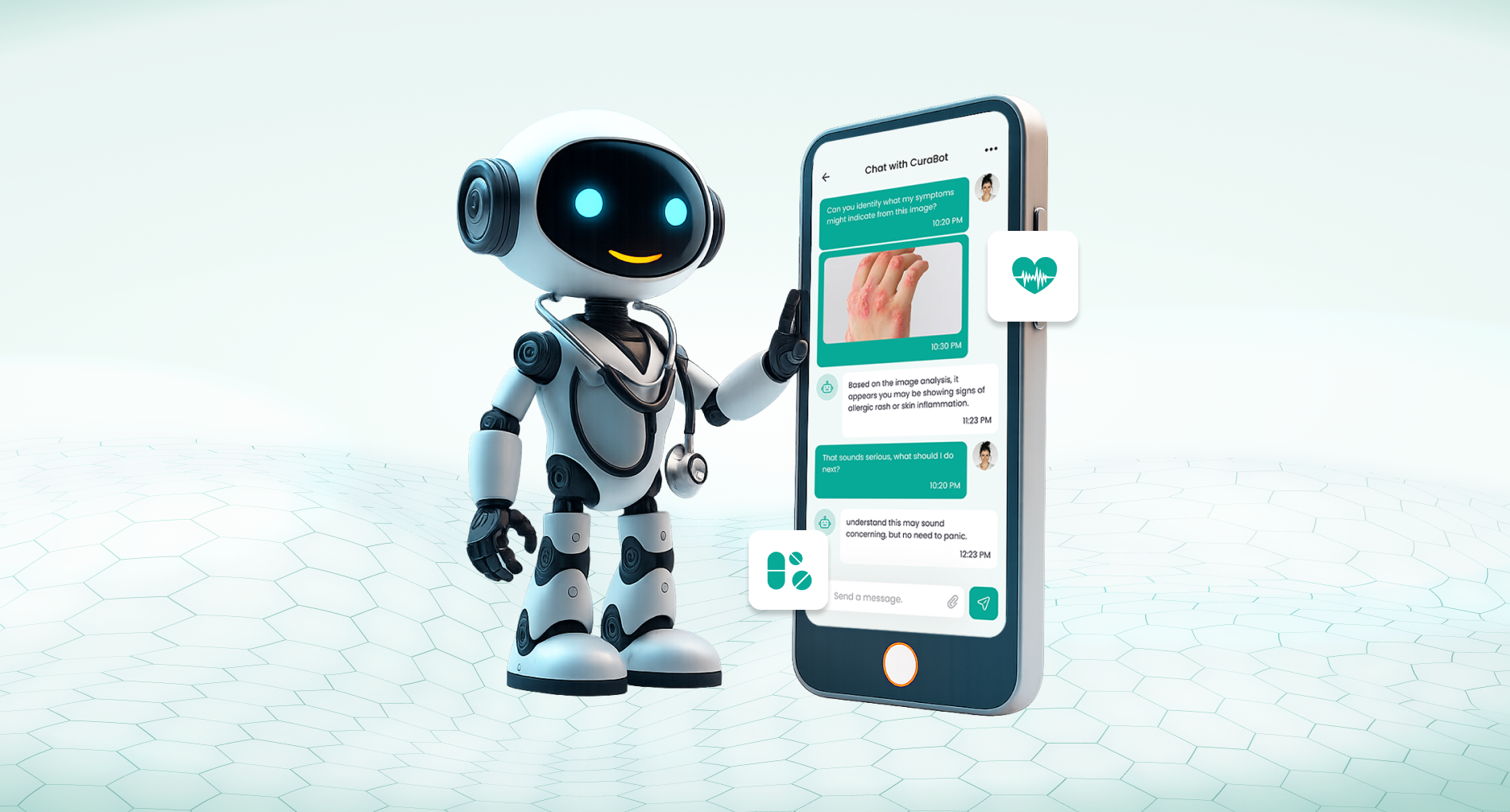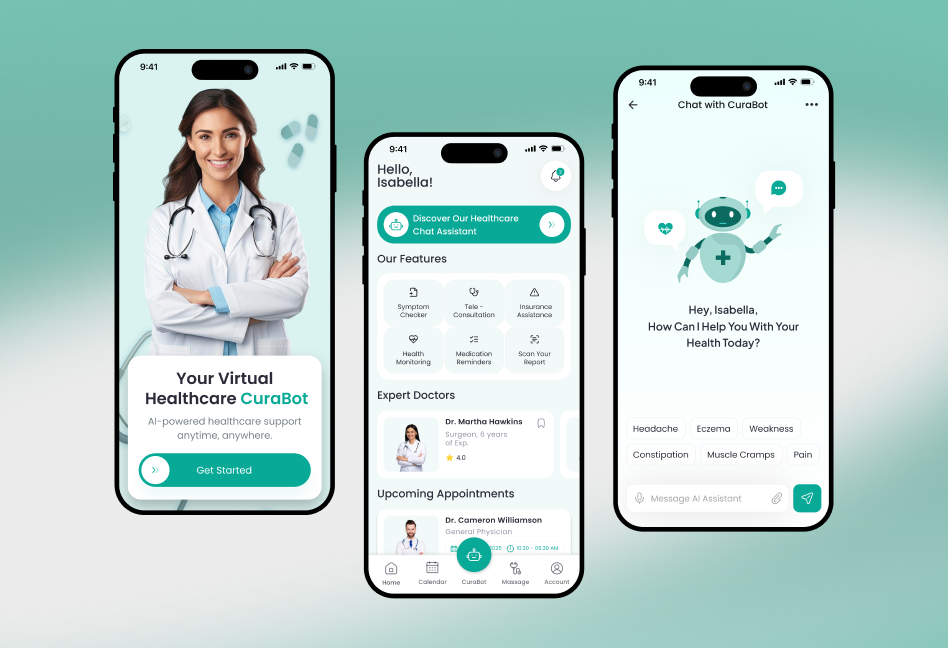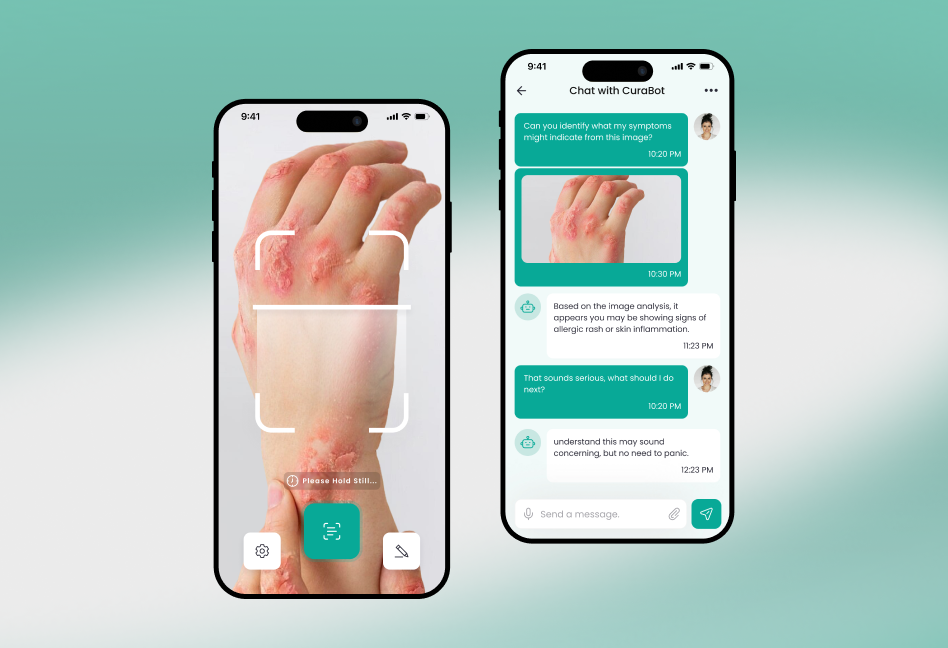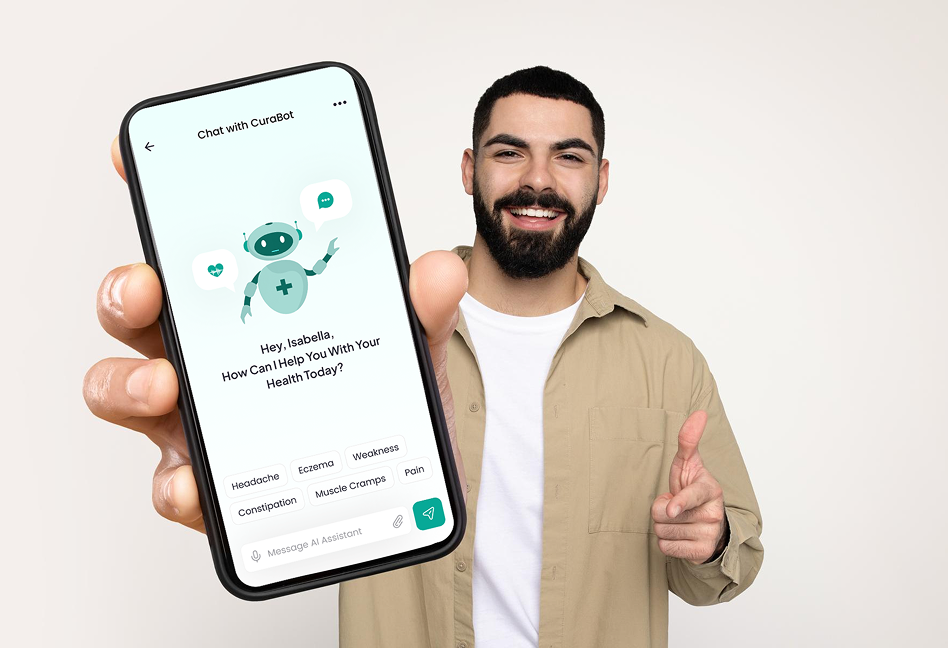

Our client is a reputed healthcare organization in the USA, well-known for delivering quality medical services. They needed to improve the patient experience and reduce operational bottlenecks by going digital first.

The client expected to enhance patient engagement and simplify healthcare processes through digital automation.
Patients were typically forced to make phone calls or travel to the facility to make inquiries about relatively simple questions. This absence of immediate communication made people frustrated and less satisfied with the situation in general.
The timely delivery of necessary information and advice to the patients and their relatives has become a problem in key situations due to the delay in adequate response.
The hospital did not have an efficient digital process for making appointments. The process was long and inconvenient, and patients had to submit several manual requests to staff.
Doctors and other staff members found it difficult to find instant information regarding patient histories and other medical records. This made decision-making slow, particularly in emergencies where time is of the essence.
The custom chatbot was installed to facilitate easy digital communication between the hospital staff and the patient to minimize the need to rely on human interaction methods.
By utilizing NLP and ML, the chatbot will correctly interpret what patients ask and respond accordingly and personalize their experience.
Patients can make appointments, bi-weekly appointments with their physicians, and short-term counselling sessions without necessarily having to travel and present themselves at the hospital.
The chatbot will be present 24/7, be able to respond in an emergency, and provide trusted medical advice when required.
It enables the patient to monitor their health, manage medications, and set reminders when needed, like new medications or follow-up sessions, hence better delivery of care.


Hospitals are like patients to a doctor; a hospital has needs, and a doctor diagnoses them before prescribing medicine to them, so we began by thoroughly understanding the needs of the hospital. We knew what issue the client had, how they did their work, and what was giving them trouble.

Then we drew the blueprint of the chatbot, how it will look, feel, and how it will communicate with the patients. The intention was to make it simple, welcoming, and non-intimidating to allow patients, regardless of age, to easily communicate.

After finalizing the design, the developers created the brain of the chatbot; technologies such as Python, Azure, AWS, Dialogflow, and Amazon Lex were used. It was here that the chatbot was trained on how to comprehend questions in an intelligent way.

Prior to unleashing the chatbot on patients, we tried it out extensively. It is like a health check-up whereby all parts are operating well, responses are correct, and the system can be depended on at any time.

Lastly, the chatbot was deployed within the hospital's system. The chatbot was secure and accepted by the users. It was easily deployed, just as a digital healthcare assistant should be.

The solutions help them get fast access to important data. It helped employees and patients take prompt action in the case of an emergency.
Adding an appointment was made painless, and it took far less manual work by hospital staff.
Personalized and immediate answers left patients more confident in the hospital services.
Automation has saved paperwork and administrative time bottlenecks, and thus, doctors spend more time treating patients.

SPEC House, Parth Complex, Near Swastik Cross Roads, Navarangpura, Ahmedabad 380009, INDIA.
This website uses cookies to ensure you get the best experience on our website. Read Spec India’s Privacy Policy